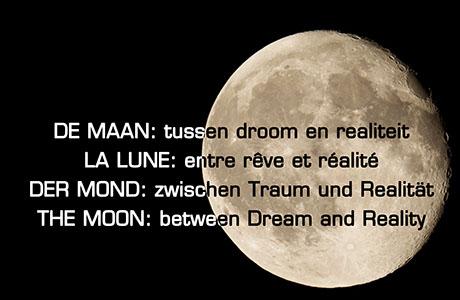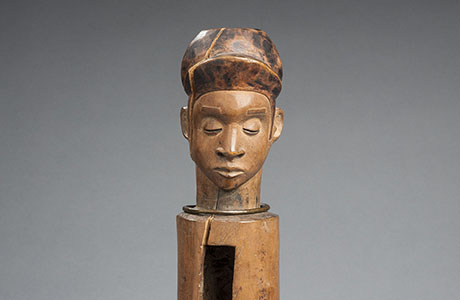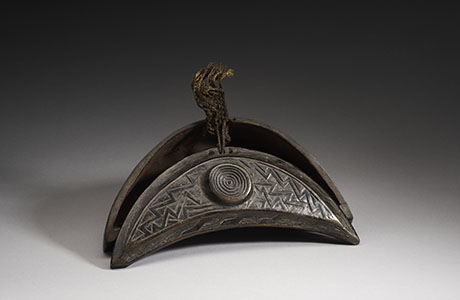The moon: between Dream and Reality
Temporary exhibition at the Royal Palace

As every year, the Royal Palace will open its doors to the public on 23 July 2019, under the theme Science and Culture at the Palace.
In association with the Chancellery of the Prime Minister, the ten Federal Scientific Institutes, the National Geographic Institute and the Belgian Comic Strip Center, the Belgian Science Policy (BELSPO) is offering Belgian and international visitors a unique view of art and science through an amazing insight into artworks or research objects from our federal cultural and scientific heritage.
This year's exhibition is entitled: The moon: between Dream and Reality
The AfricaMuseum is present with two pieces
More info
Royal Palace
Place des Palais
1000 Bruxelles
Price
Free entrance
Info
Tuesday - Sunday, 10.30 am - 3.45 pm

